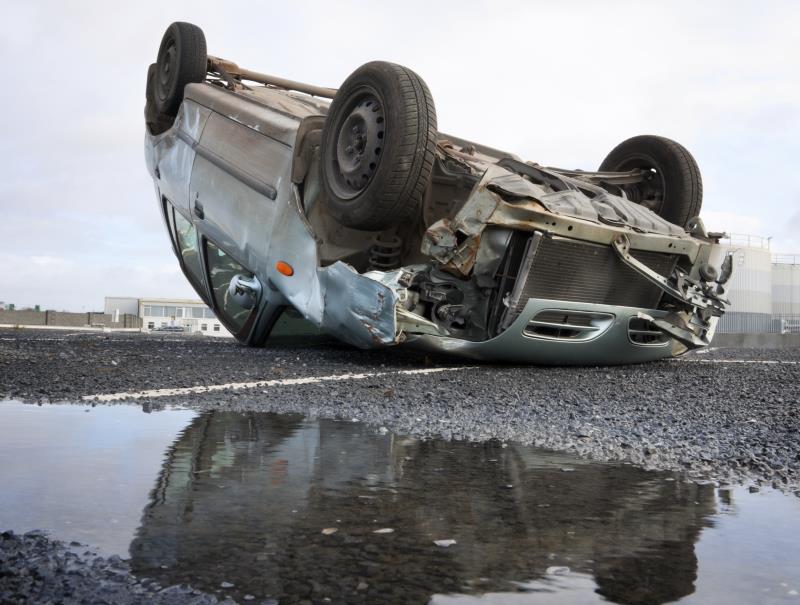
A vehicle that has been written off by an insurance company due to extensive damage results in the cancellation of the registration and the title being replaced by a salvage certificate. These actions make the vehicle illegal to drive until it has been rebuilt and a New York state inspection certifies that it is safe to drive on public roads.
In New York, an insurance company can declare a vehicle a total loss if the cost of necessary repairs exceeds 75 percent of the value prior to the event. This damage may be caused by an accident, vandalism, flooding or theft. If the vehicle is designated as a total loss, the normal course of action for the insurance company, after canceling the registration and issuing a salvage certificate, is to pay the claim to the owner and take possession of the vehicle.
Insurers historically have sold salvage vehicles at auction houses, but now do so through online auctions as well. Vehicles designated as non-rebuildable, scrapped or destroyed cannot be rebuilt for driving on public roads and usually are sold to be dismantled for parts or to be recycled. Vehicles that have been granted a basic New York State Salvage Certificate can be rebuilt, examined by the state’s DMV, and approved to be driven again on public roads.
The requirements for rebuilding a vehicle call for the repairs and the replacement of parts as listed on the insurance’s company’s original estimate of damage. The New York Salvage test also requires the installation of new airbags to replace any that were previously deployed or removed. During the course of rebuilding the car, all receipts should be retained for repairs and replacement parts. Taking pictures prior to and after repairs are completed can provide additional documentation of required repairs.
The salvage inspection is a key aspect of New York's Auto Theft Prevention Program. To follow this program’s protocols, the inspection focuses on determining whether the vehicle or any parts used to repair it have been reported as stolen. This is done by checking the vehicle identification number and the replacement parts that have been stamped with a VIN against the state’s database of stolen vehicles.
The second focus of the inspection is the confirmation that all repairs listed in the original damage report have been performed. Required documentation includes the original damage estimate as well as sales receipts for each replacement part used in the repair. If the car or motorcycle passes the inspection, the DMV will mail the title to the owner. It must then be presented at the DMV to register the vehicle.